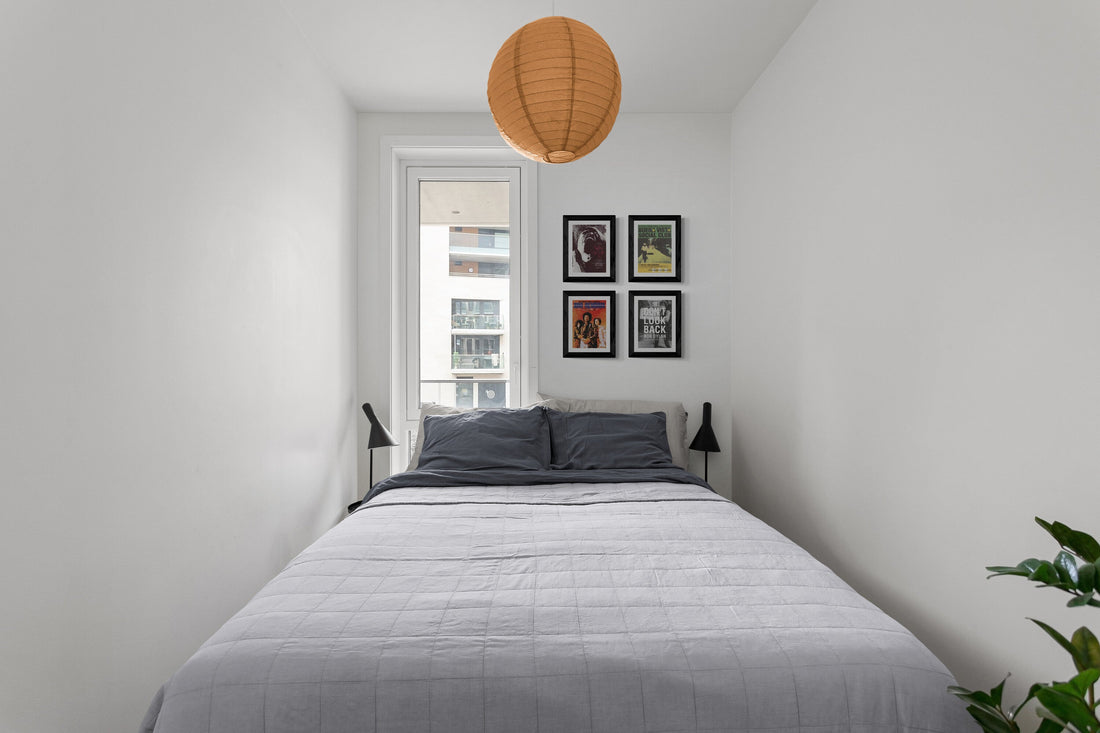
Small Scale, Big Impact – Why Miniature Art Works
Share
When most people imagine buying art, they picture grand paintings or prints that dominate a wall. But here’s the truth we discovered living in a small flat: big isn’t always better. Some walls simply can’t take a large piece — whether it’s because they’re broken up by doors and windows, tucked into narrow hallways, or squeezed between shelves.
We had plenty of “in-between” spaces like that — areas crying out for personality but too small to handle a traditional frame. At first, we tried squeezing in smaller versions of standard posters, but they looked like scaled-down afterthoughts. That’s when we found B5-size chirashi posters.
These Japanese miniature film posters are compact, but they pack the same design punch as a full-sized print. The scale invites intimacy: you have to step closer, lean in, and notice the textures, typography, and composition in a way that big posters don’t demand. It’s the same principle that makes small works in a gallery — sketches, etchings, miniature paintings — feel so personal.
And here’s the beauty: you can display them flexibly. A single chirashi can be a focal point above a desk. Three in a vertical line can transform a narrow wall. A grid of six can become a gallery feature in a hallway. Their smaller size means they’re easy to rotate, so you can change the feel of a space without committing to one piece for years.
Collectors know that impact isn’t about scale, it’s about presence. Chirashi posters have presence in spades — concentrated into a compact, accessible format.
